Is white water River rafting the most in demand adventurous water sports in India? Truly speaking, YES! White water river rafting in Rishikesh has won several hearts from all around the world. Admirers of this adventure activity include not only domestic travellers but also international travellers from Japan, Korea and European countries. It is true that today it has even captured the itinerary of leisure travellers, which can be categorized into students, families, and corporate travellers. Rafting in Rishikesh has further boosted Uttarakhand Tourism with several other activities along with it. With the increasing number of adventurers participating in whitewater river expeditions in Rishikesh, the adventure tourism in Uttarakhand has set up a number of beach camps and forest camps for the convenience of tourists camping in Rishikesh. That sounds a perfect holiday in the foothill town of the Garhwal Himalaya, Rishikesh, which is also popular for its pilgrimages and yoga centers.

The main course of white water rafting in Rishikesh commences from Kaudiyala, which is approximately 40 kilometers up by road from Rishikesh. If you are travelling on a boat from Kaudiyala to Laxman Jhula in Rishikesh, the distance is 36 kilometers. The winding and splashing course with several whirlpools pass through popular sandy beaches like Byasi, Marine Drive, Shivpuri, and Brahmpuri. Irregular waves, rocks and many other obstacles await you when you are participating in white water rafting in the Ganges. The course includes 13 major and challenging rapids that ranges from grade II and III to IV+ with the prominent ones being Denial Dip, The Wall, Black Money, Cross Fire, Three Blind Mice, Return to Sender, Roller Coaster, Golf Course, Club House, Double Trouble, Hilton and Terminator.
What is River Rafting

Rafting, the high-adrenaline sport of navigating a river in an inflatable raft, involves several levels of difficulty, depending on how choppy the river is. These ‘grades’ of difficulty are arrived at according to the presence of rapids, which evolve due to sudden plunges in the river’s height, and also because of rocks – small or large – that may be lurking in the waters. Rafting is a challenging but tremendously fun activity – just remember to keep the instructor’s safety tips in mind! White-water (rapids) does invoke fear but river-running done properly – under professional guidance, with the right training, using the appropriate equipment, taking all safety precautions, and by following a set of international safety and ecological norms – can be an extremely safe, enjoyable and exciting soft-adventure sport.
The sport’s popularity is probably due to the fact that almost anyone, including non- swimmers and those with no prior experience can, go rafting. All it takes is 15 minutes of instructions and you can have the time of your life – riding the waves, getting splashed and enjoying the peace and tranquillity of the river.
Rafting in India
Boasting world-class rafting potential, cultural and geographical diversity, easy access to most rivers, a host of international-standard river-running outfitters (with state-of- the-art equipment), an ethos steeped in hospitality, and – conveniently – no permit requirements for river running (except in the ‘inner line’, close to the border areas), India is emerging as ‘the river-running destination’ of the world. Rafting is certainly well on its way to becoming the most popular adventure sport in the country, and India a Shangri La for river-runners. With myriad rivers gushing through its heart, unspoilt environs, the riverine flora and fauna and the region’s rich and ancient culture, the Indian Himalayas make up an exciting destination for hard-core rafters. And while commercial rafting has come of age in the country, there are opportunities aplenty for first-timers, from juniors to septuagenarians, to learn and master the skills of ‘river-running’ – 9-year-old schoolchildren and 70-year-olds have rafted down rivers in India.Currently there are over 50 commercial outfitters in India organizing trips ranging from two-hour runs to multiple-day expeditions.
Know more about popular options for River Rafting in India.
History
It was the “Ocean to Sky” expedition of 1977 – led by Sir Edmund Hillary and organized by Capt. M.S. Kohli – which evoked tremendous interest nationally, and quite a flutter abroad, about the potential of river sports in India. The jet-boat expedition started in the Bay of Bengal, going up the River Ganges and on towards Nandprayag on the River Alaknanda. In 1984, the Uttar Ganga rafting expedition led by Ken Warren and organized by A.C. Kohli, rafted over 300km on the Alaknanda, Bhagirathi and Ganga rivers. This marked the first time that Indians had actively participated in a river-rafting expedition – Shaukat Sikand, Yousuf Zaheer, Akshay Kumar, Pawan Sher Singh and Ajeet Bajaj were part of the first pool of Indian river-runners. Glen Upperman, an American rafter, stayed back after the expedition and trained the first batch of Indian rafters in oar-rafting techniques. The following year, two Canadian rafters, Mark Daniel and Ben Webster, trained Indian rafters in paddle-rafting techniques and kayaking.
The age of river exploration in India took off when local river-runners logged enough experience to join rafting expeditions, including the first descent of the Sutlej from Rampur to Tattapani below Shimla (1985); the first descent of the Teesta in Sikkim and West Bengal (1986); and the first descent of the Sarda in Kumaon, Uttaranchal (1987). The Indian Armed Forces have also played a pivotal role in the development of river- running in India, organizing training courses and leading expeditions. Although many rivers in India have been explored, with some being rafted commercially, this is only the tip of the proverbial iceberg.To quote Peter Knowles (chairman, British Canoe Union Expeditions committee), “There is still probably more scope in India for ‘first descents’ and exploratory river-running than in any other Himalayan country.”
Along the entire expanse of the culturally diverse Indian Himalayas – more than 3000km long and between 150km and 300km wide – there are rivers still awaiting descent. Furthermore, there’s tremendous scope for river exploration in the states of the northeast and in South India.
Equipment
Rafts are inflatable boats made out of either multi-layered synthetic rubber (Hypalon) or vinyl fabric (PVC). They measure anywhere between 3.5m (11ft) and 6m (20ft) in length, and 1.8m (6ft) and 2.5m (8ft) in width, and are exceedingly durable.Rafting destinations in IndiaNature has been generous to India as far as rivers are concerned. The four most popular commercial rafting rivers are the Ganges, Beas, Indus and Teesta. Uttaranchal in the north is home to many world-class white-water rivers, with easy access from Delhi.
Rafting Spots
Till date, river running has been concentrated mainly along the River Ganges in the Rishikesh-Devprayag area, but the Bhagirathi, Alaknanda and Mandakini rivers are also very much on the tourist map when it comes to rafting and kayaking.A number of other rivers in Uttaranchal – among them Tons, Yamuna, Ramganga, Kali Sarda and Saryu – have been explored and all offer excellent potential for river-running. And there are still a number of rivers, such as the Bhilangana, which, excitingly, remain to be explored.In Jammu and Kashmir, the most popular river for rafting is the Indus, in the Ladakh region, though an expedition on the Zanskar – highly recommended – is regarded as one of the best wilderness river runs in India. And with a number of riverine systems crisscrossing the entire state,Himachal Pradesh is a year-round river-running destination.
Most of the rivers in South India remain unexplored for their white-water promise, though a few like the Kaveri have been reconnoitred and certain sections found suitable for river-running. And unlike the north, rivers here are better preserved and not overexploited.
11 Places For River Rafting In India
- Rishikesh
- Kullu-Manali
- Indus River
- Yamuna River
- Tons River
- Teesta River
- Brahmaputra River
- Lohit River
- Kameng River
- Barapole
- Kundalika River
1. Rishikesh
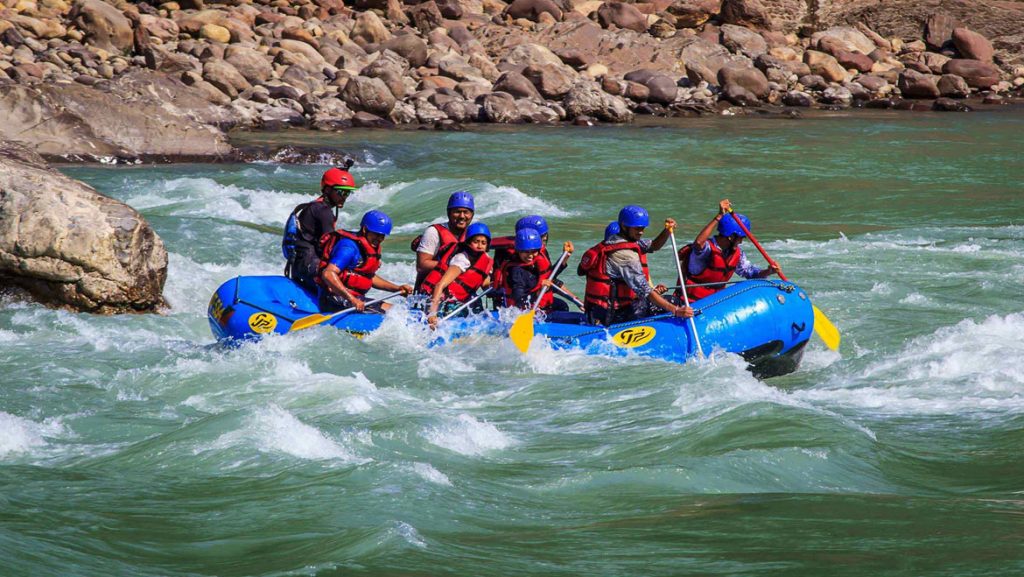
Rishikesh is the hub of river rafting and there is no doubt in it. You will find River Ganga flowing at its fast pace and surrounded by Garhwal Himalayas; making the river rafting here a fun-filled yet thrilling experience. The stretches are divided into four parts, which include Brahmapuri to Rishikesh that covers 9km, Shivpuri to Rishikesh covering 16km, Marine drive to Rishikesh covering an area of 24km and Kaudiyala to Rishikesh that covers 36km. It is up to you whether you want to opt for a half-day trip or a full day.
- Location: Uttarakhand
- Best Time for River Rafting: September to November
2. Kullu-Manali
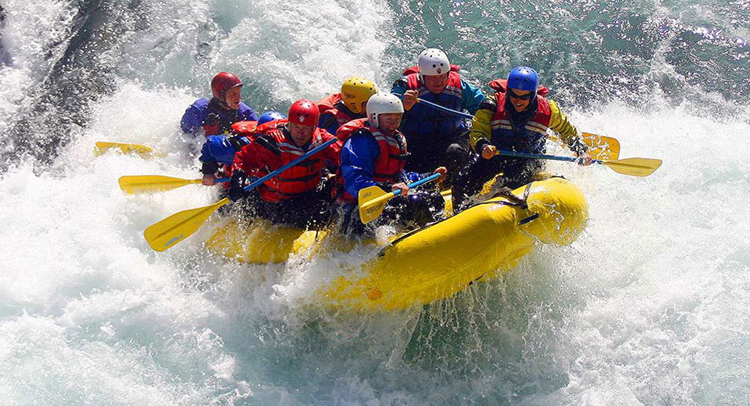
River rafting in Manali is the best thing you can do there. Popular for white water rafting, you can enjoy your time with the rapids in River Beas which is suitable for novice to expert rafters. There are many professional guides, who can provide a great rafting experience. Starting from Pirdi, the rafting route covers places such as Bajaura, Bhuntar, Mohal, and Katrain.
- Location: Himachal Pradesh
- Best Time for River Rafting: June to July
3. Indus River
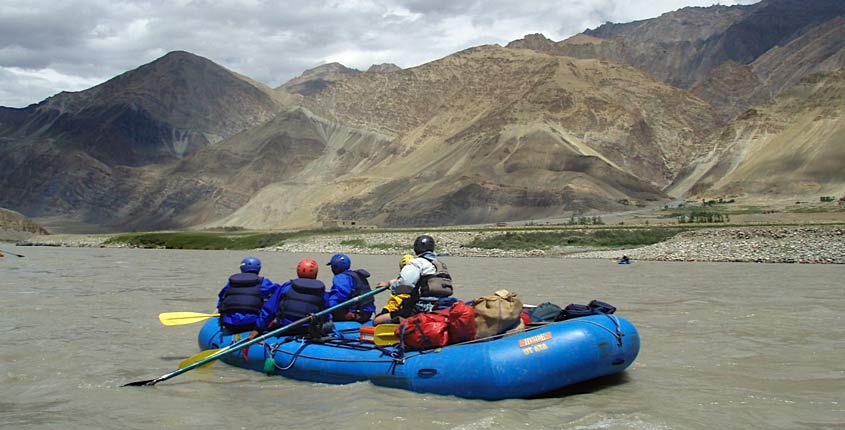
If you are looking for some good adrenaline rush, you must choose river rafting in the Indus River. As you raft through the river, you can enjoy the captivating view of Ladakh and Zanskar ranges. You can try rafting in the Zanskar-Indus River even if you do not have any previous experience of rafting.
- Location: Leh-Ladakh
- Best Time for River Rafting: November to March
4. Yamuna River
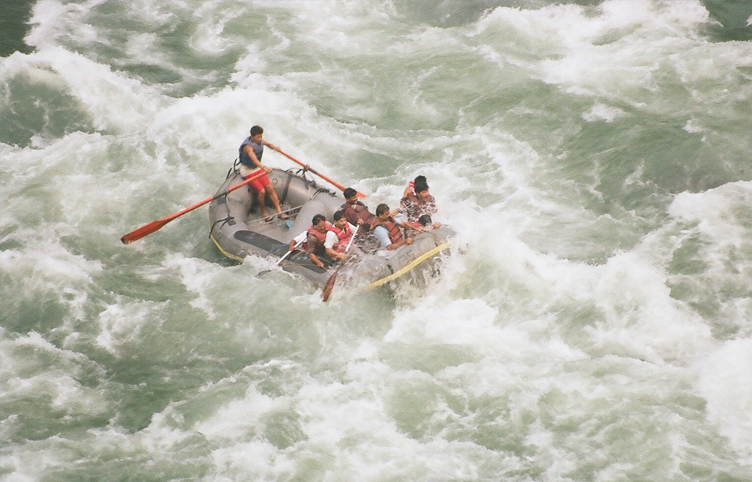
Rafting in the Yamuna River is one of a kind. It does not matter whether you are an experienced rafter or not, you can enjoy the rafting experience. There are two stretches in the river, which include Nainbagh to Juddo and Yamuna Bridge to Juddo. However, Nainbagh to Juddo is most famous for rafting. The rapid grades here range from grade I to grade III.
- Location: Uttarakhand
- Best Time for River Rafting: September to June
5. Tons River
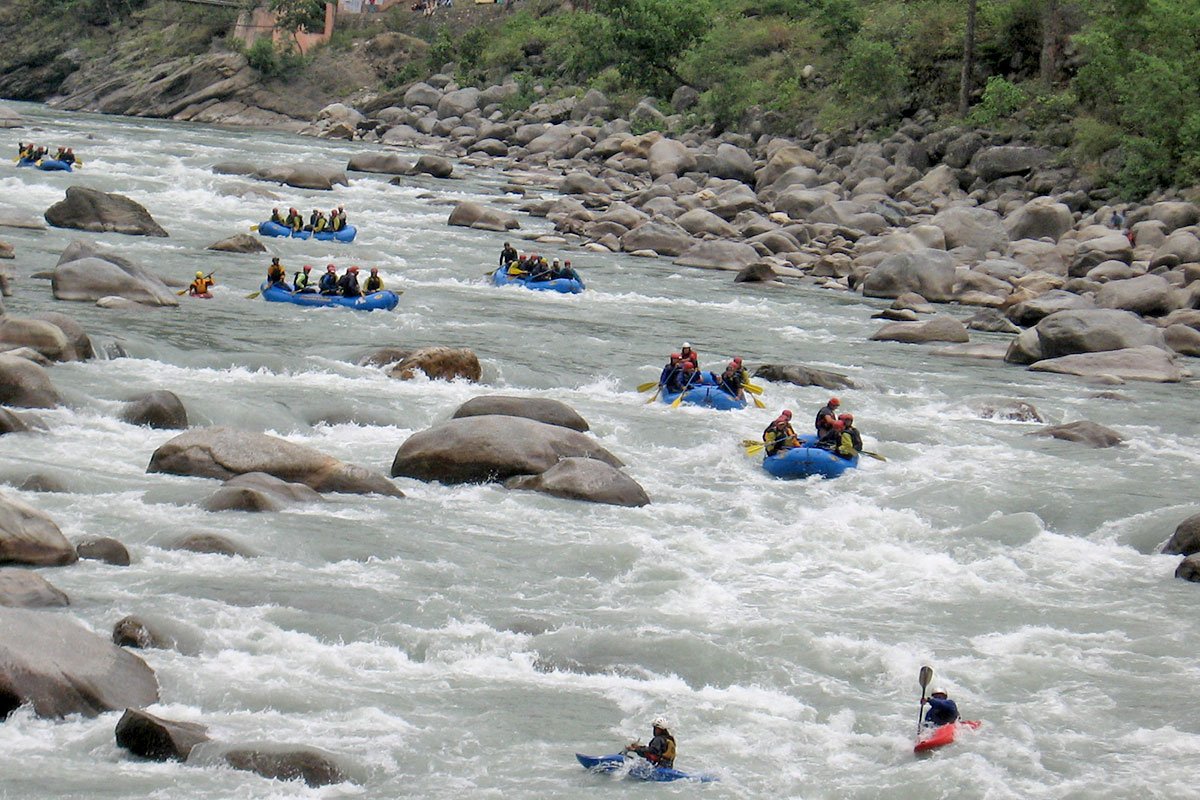
To raft in the Tons River, you need to be an expert in rafting. It is considered as one of the most challenging places for river rafting by rafting professionals. The rapids here are grade III and IV which are not recommended for novice rafters.
- Location: Uttarakhand
- Best Time for River Rafting: NA
6. Teesta River
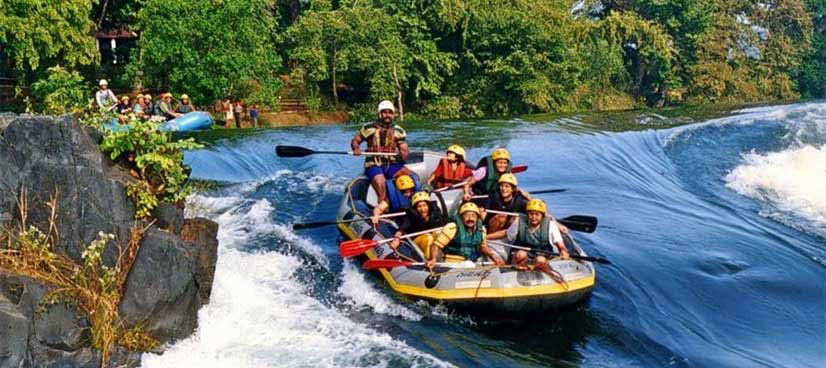
Teesta River meets River Rangit at a point and forms a place that is perfect for experienced rafters. The rapids are very challenging and the backdrop of the majestic landscape is perfect for the adventure.
- Location: Sikkim
- Best Time for River Rafting: December to June
7. Brahmaputra River
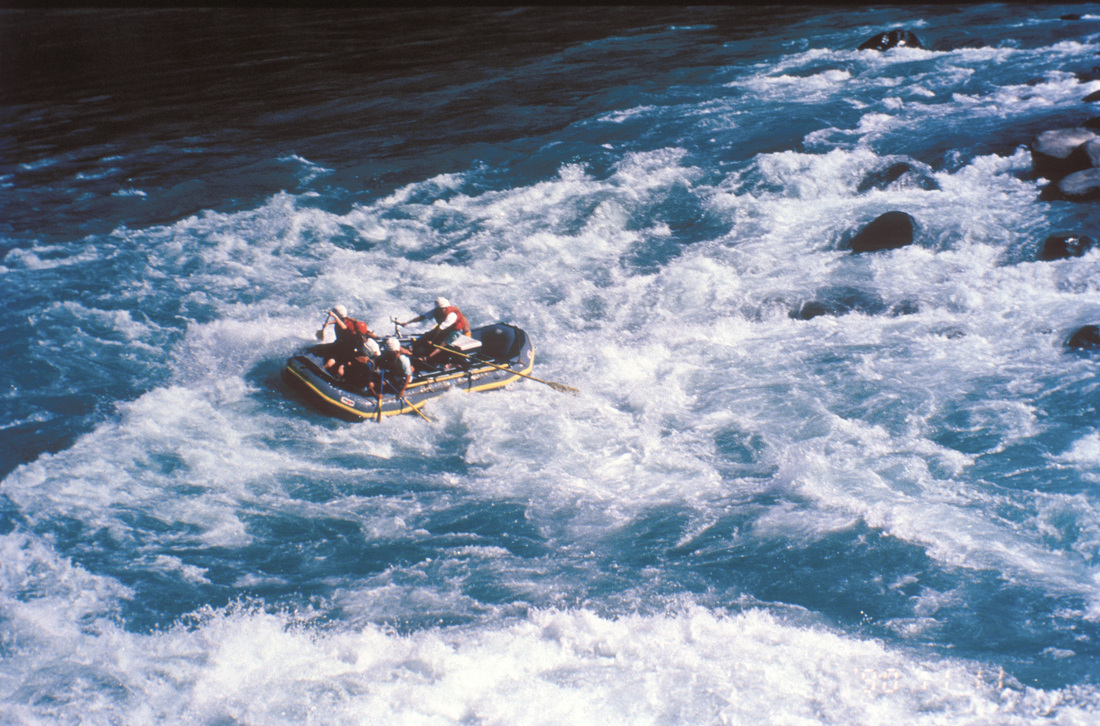
If you truly want to enjoy river rafting, you must try it in Brahmaputra River that starts from Tuting and ends in Pasighat. Make sure you have enough time to take the rafting, as it may take a week to cover the stretch. The rafting experience will be full of thrills as you will be surrounded by green and blue mountains of Arunachal Pradesh. This rafting is suggested especially to the experienced rafters.
- Location: Sikkim & Arunachal Pradesh
- Best Time for River Rafting: September to June
8. Lohit River
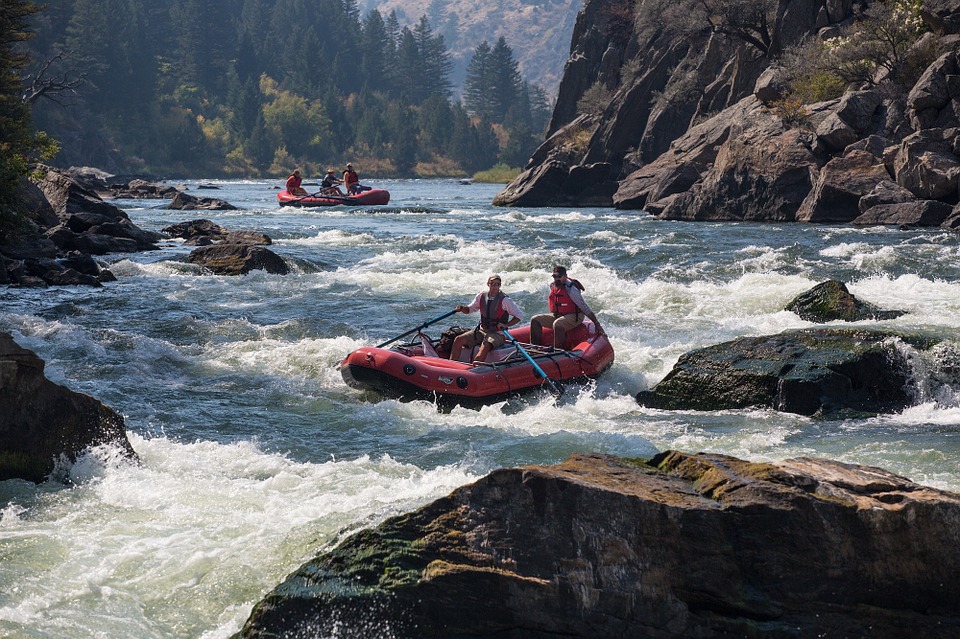
Lohit River in Arunachal Pradesh is yet another favorite spot for the rafters. Apart from rafting, you can also enjoy kayaking here. The rapids are fierce here; therefore, you need to be a little cautious while rafting in the moderate to grade IV rapids of the Lohit River.
- Location: Arunachal Pradesh
- Best Time for River Rafting: September to June
9. Kameng River
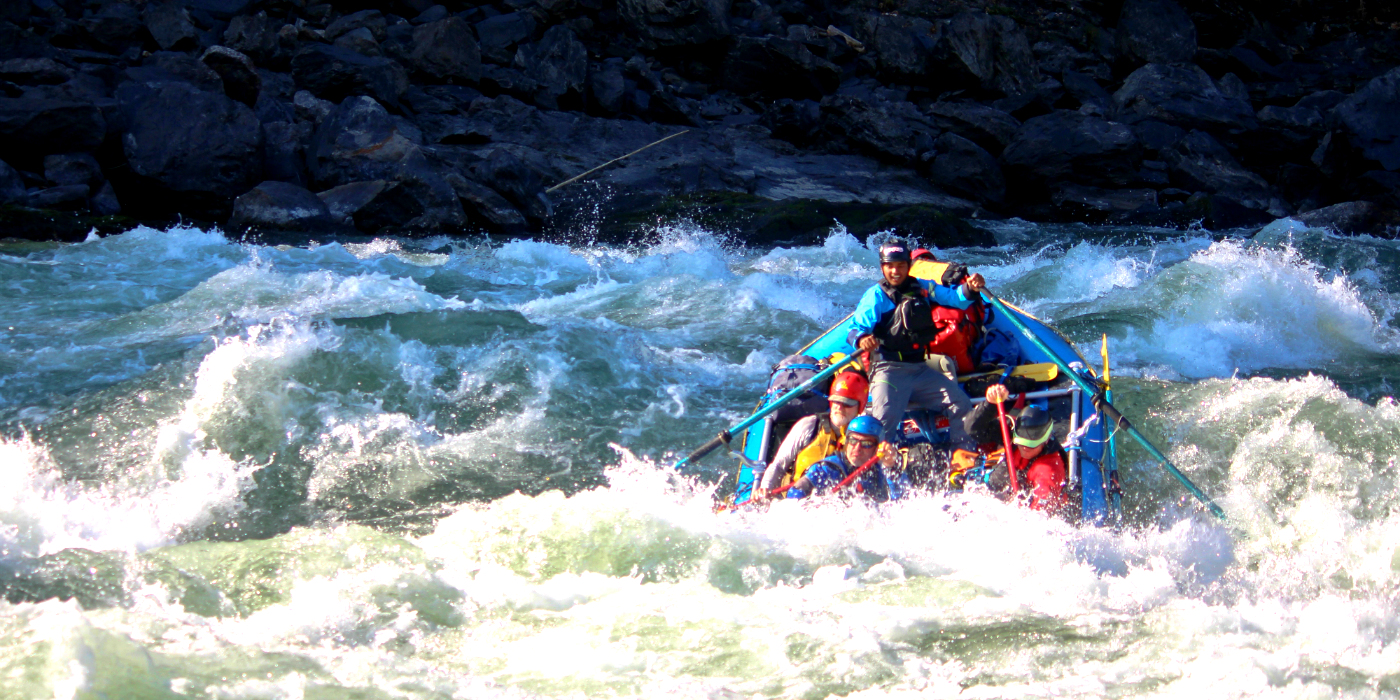
Kameng River is also situated in Arunachal Pradesh and is considered as one of the best places for river rafting. As each kilometer passes, the thrill doubles up. You can cover up to a distance of 25 km through rafting.
- Location: Arunachal Pradesh
- Best Time for River Rafting: April to June
10. Barapole
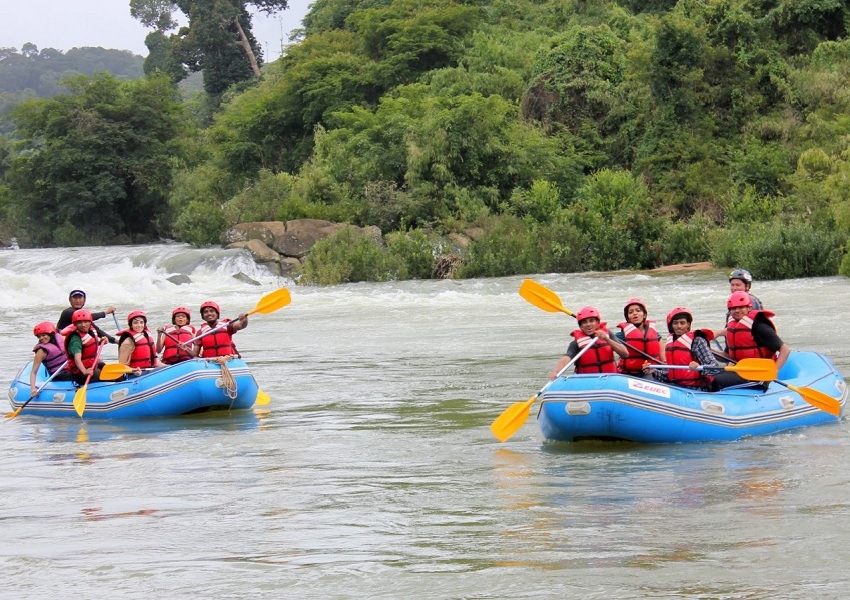
One of the best destinations for river rafting in India, especially in the southern part of the country is Barapole in Coorg, Karnataka. There are two types of stretches in the river, which are divided among the upper side of the river and the lower side of the river. The upper section consists of grade IV to V rapids, while the lower section comprises grade VI to VII rapids.
- Location: Coorg, Karnataka
- Best Time for River Rafting: July to August
11. Kundalika River
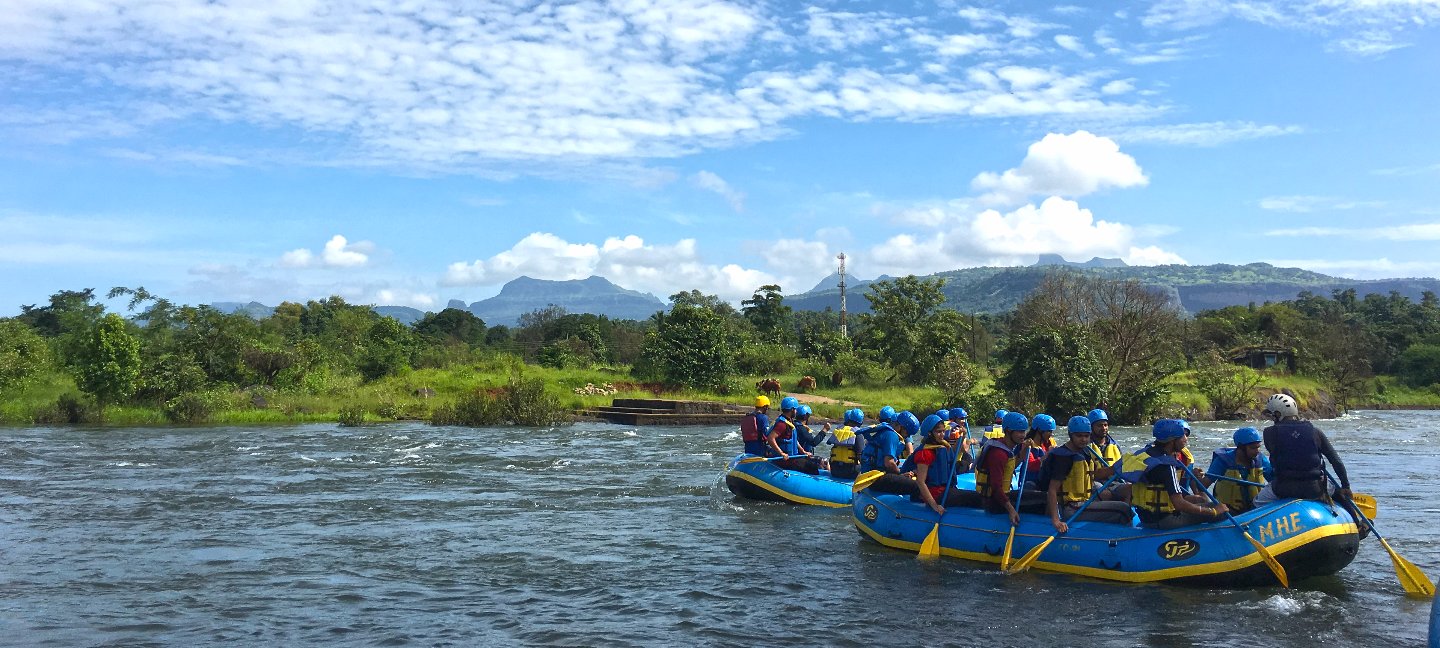
If you are in Maharashtra, you can enjoy your time rafting in the Kundalika River. The river comes to its flow during the monsoon season, which is the perfect time for river rafting in this river. This is the perfect option for adventure lovers with challenging rapids. A dam in Kolad tames the turbulence and gradient of the Kundalika.
- Location: Maharashtra
- Best Time for River Rafting: June to March
The above rafting adventures are perfect for those who seek to indulge in adventure sports and especially those who have a taste for watersports. The beauty of these rapids and the thrill of the adrenaline rush will give you an unforgettable experience. If you want to drive to these points you can use the car rental services by Revv. It is recommended that you contact the adventure sports providers to ensure that you have availability and don’t have to wait.

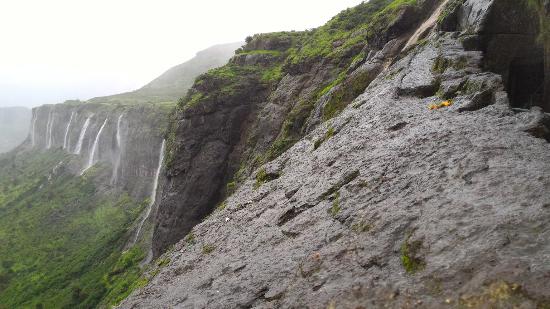

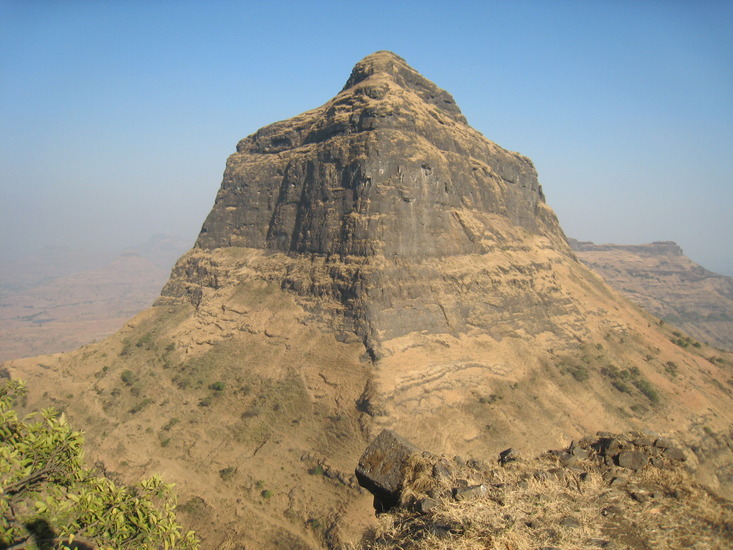
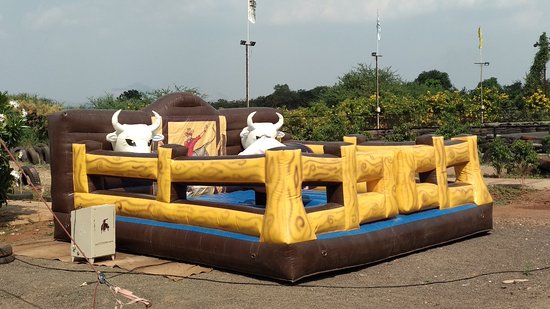
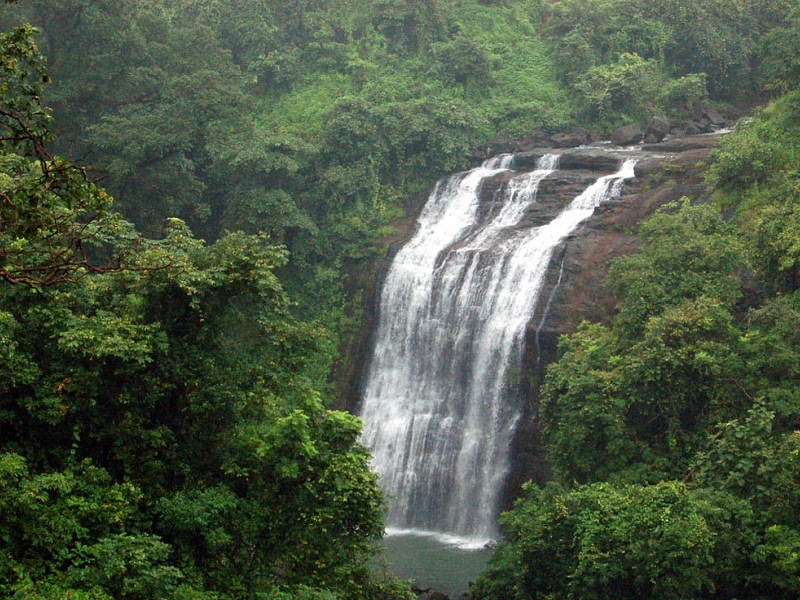
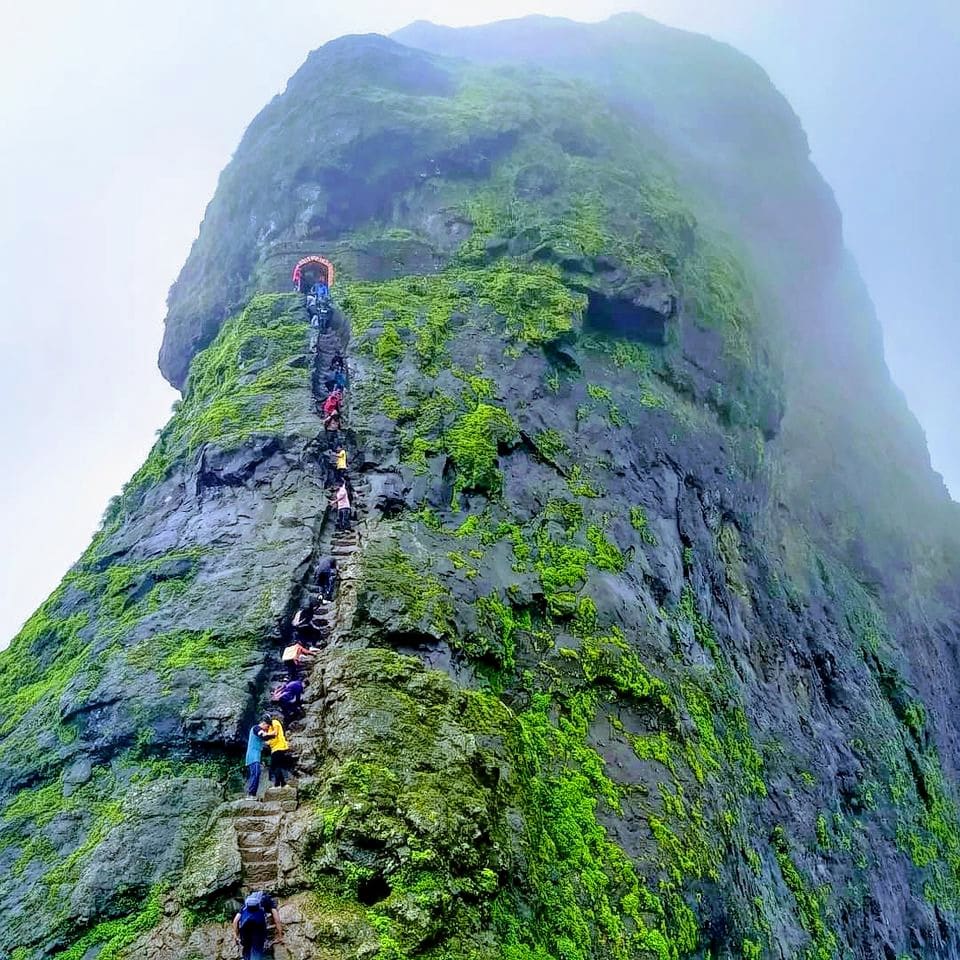
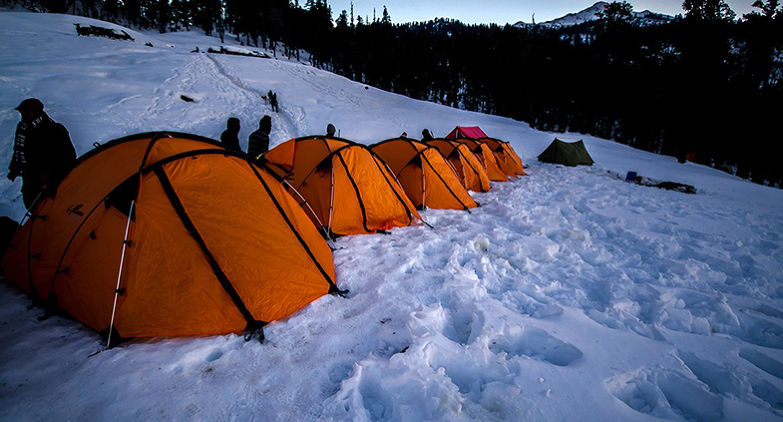
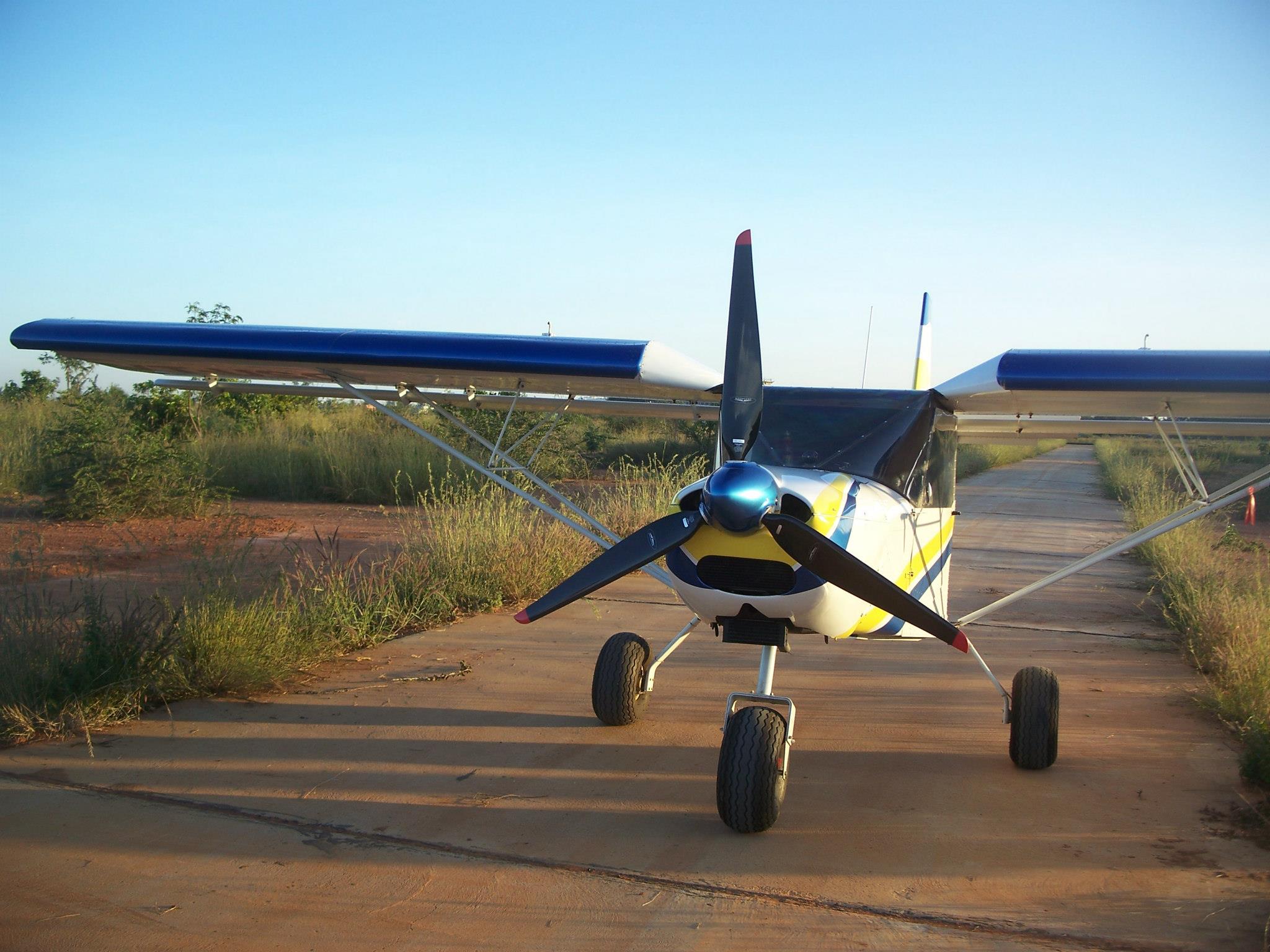
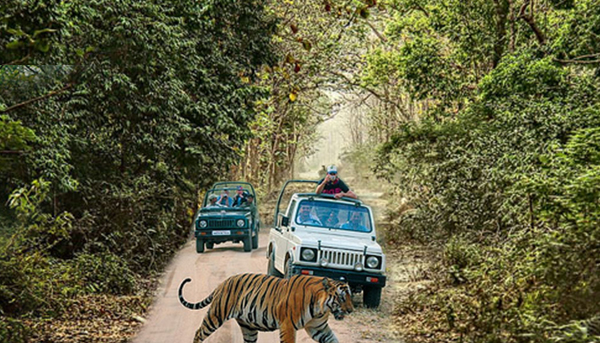



Comments are closed.